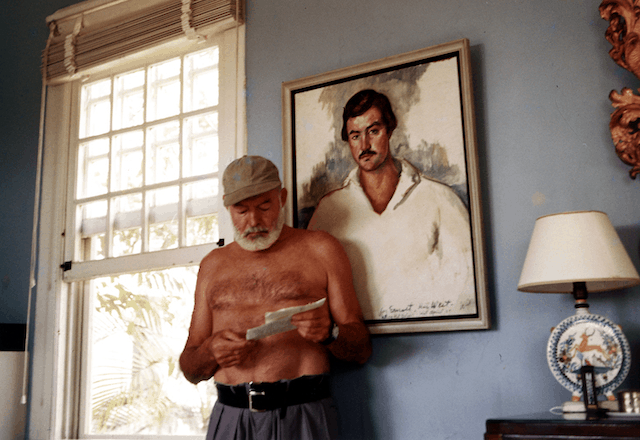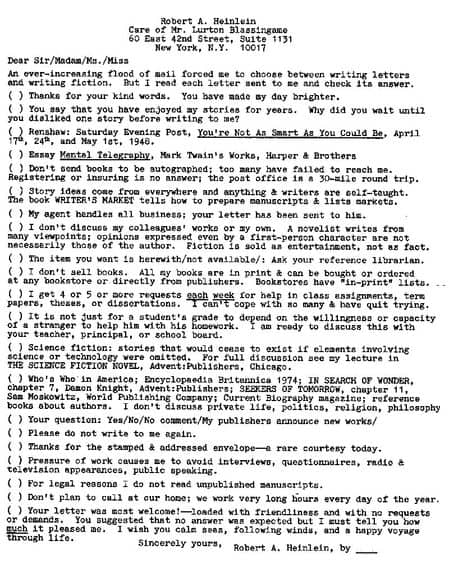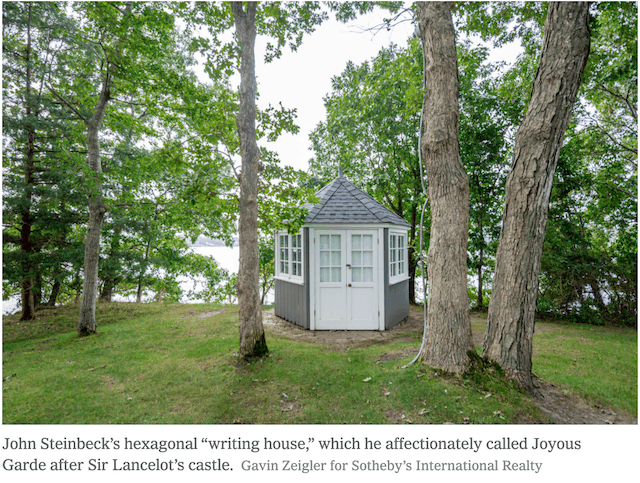
I recently came across a Hemingway quote that caught my attention:
“My working habits are simple: long periods of thinking, short periods of writing.”
It reminded me of a time I used to spend each spring as a young professor, back when my schedule allowed it, giving short talks at so-called “dissertation bootcamp” events. The point of these multi-day affairs was to help graduate students gain some momentum on their doctoral theses. I would stop by to talk about productivity and focus, and when possible, grab a free lunch.
Attending these bootcamps, I was often struck by how much the conversation centered on “writing.” The informal advice passed around was about “getting in your writing hours,” or making sure “to write every day,” or committing to “hit your target word count.”
I always found this somewhat confusing, as my experience with writing — both popular and academic — matched Hemingway’s self-description, in that the actual act of putting words on the page came only after many more hours spent thinking through what I wanted to say. This contemplation was where the real intellectual action was to be found.



